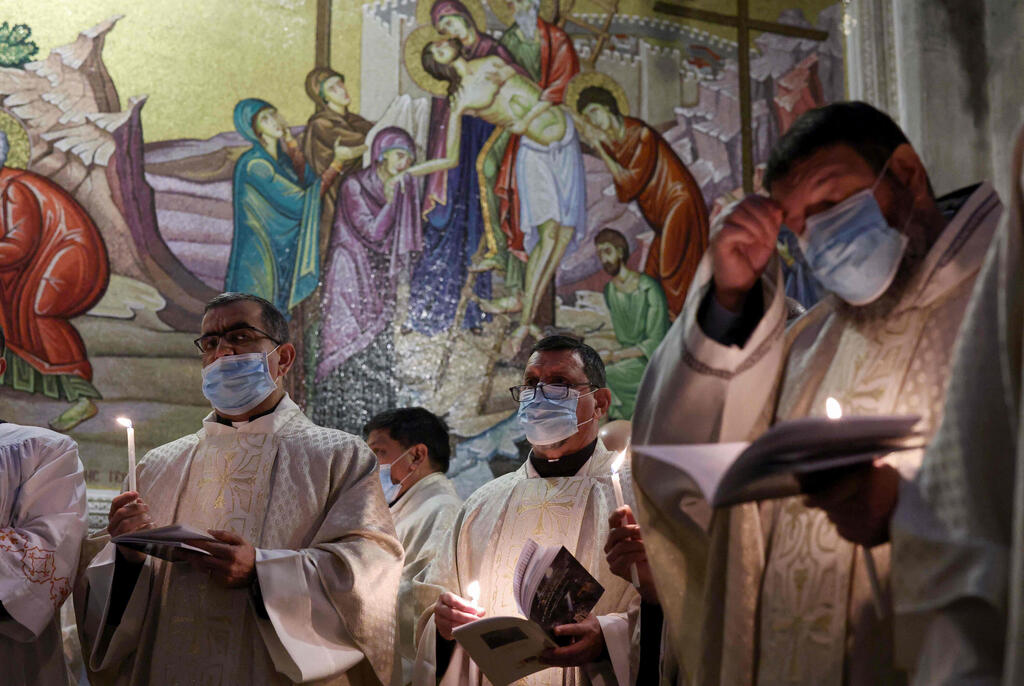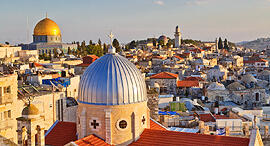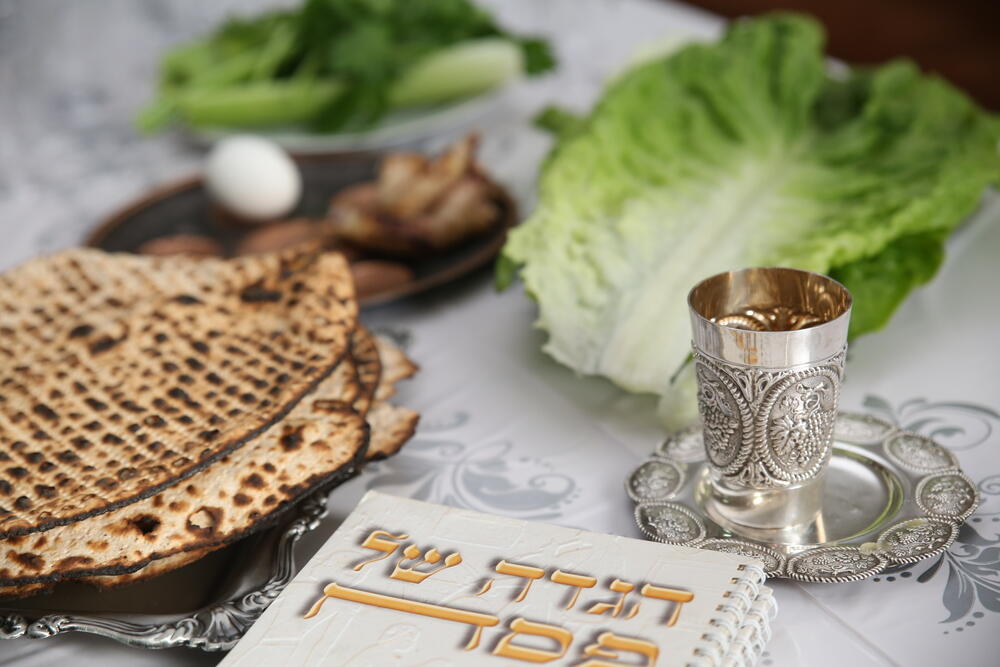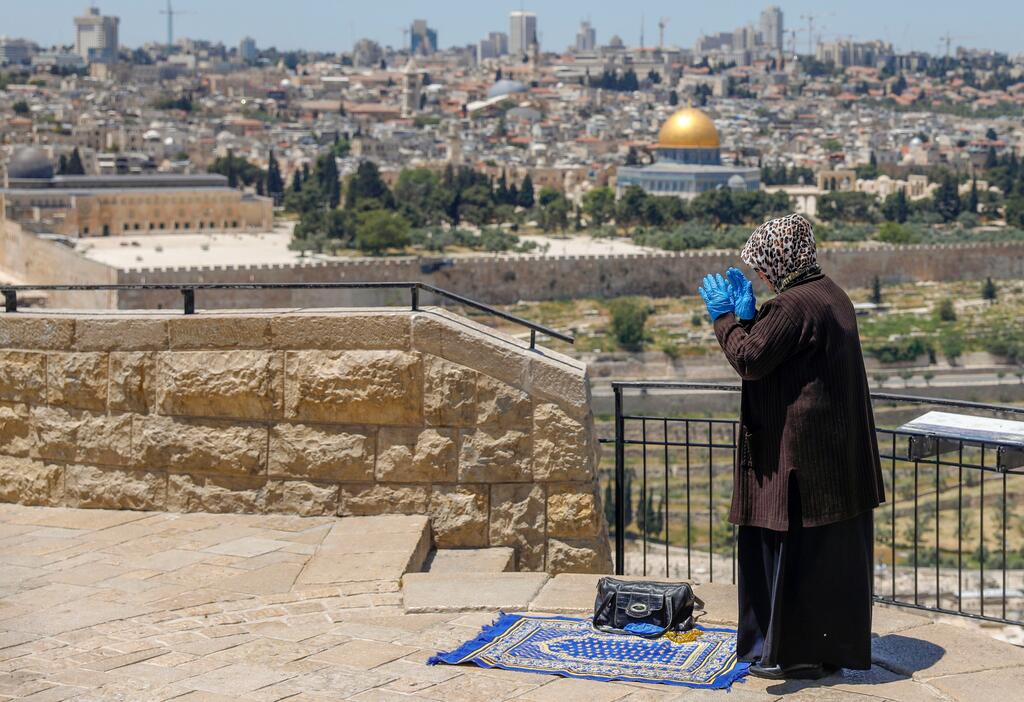Easter, Ramadan, and Passover fall in the same calendar month roughly every 33 years, and this year marks one of them.
This is not, in itself, particularly special, given that Easter and Passover are never far apart, says Qadi Muhammad Abu Obied, a judge on Israel’s High Sharia Court of Appeal. But, he adds, it is a beautiful opportunity that we have before us. An opportunity for followers of the three main faiths in the Holy Land to remember our relationship with one another while we fast, pray, worship, and practice good deeds together.
Time has been measured in different ways throughout history. Today, we rely primarily on the Gregorian calendar − a solar calendar that evolved out of a lunar system − in our everyday lives. However, ancient religions still rely on the moon to determine time.
Lunar calendars are based on the monthly cycle of the moon. Because each cycle takes approximately 29.5 days, months commonly alternate between 29 and 30 days in length. When time is measured solely on the moon, a year lasts just over 354 days, 11 or 12 days short of a solar year. Therefore, Ramadan falls 11 or 12 days earlier on the Gregorian calendar each year.
The Hebrew calendar is also based on the moon’s cycles, but unlike the Islamic calendar, it incorporates the solar year, by adding a 13th month in seven out of every 19 years.
Rabbi David Rosen, director of interreligious affairs for the American Jewish Committee, says that the Hebrew calendar was mathematically calculated about 1,500 years ago, but before that, Jews determined the timing of holy days in the same manner as in the Islamic faith today; they watched the moon.
Witnesses came to the Temple in Jerusalem to testify that they had seen the new moon, when the first sliver of moon becomes visible after the dark of the moon. Priests would then check their credibility, and if they trusted the testimony, an announcement was made across the land that a new month had begun.
In ancient days, bonfires were lit on mountaintops to notify the communities of Israel and beyond, but after “false fires” caused problems, messengers began to be dispatched.
Since the messengers could not travel fast enough to reach far-flung communities in time, Jews living far from the Temple began observing an additional day for holidays falling mid-month, to ensure they were marked on the correct day. This is still the practice today among Orthodox and Conservative Jews, even though worshipers no longer rely on sightings of the moon.
“What you can achieve in the Holy Land [in one day] takes you two days to achieve anywhere else,” Rosen jokes.
The Prophet Muhammad instructed Muslims to begin Ramadan when they see the crescent moon. A minimum of two Muslims of good standing make the observation, then take their testimony to be certified by the appropriate Islamic court. The next morning, they begin the daily dawn to sunset fasts.
There is no uniform way of disseminating the news, however. Each area looks within its time zone. Muslims in Israel and Palestine, along with Jordan, look to Saudi Arabia for the moon sighting because it is in the same time zone.
Abu Obeid explains that Muslims understand the advanced technology that is available in the modern world. They could easily access tools that were not available in the ancient world to accurately predict the beginning of Ramadan. However, they prefer to follow the simplicity and purity of Prophet Muhammad’s instruction to begin the holy month when the crescent moon is seen with the eye.
4 View gallery


Fransiscan friars pray during mass on Easter Sunday at the Church of the Holy Sepulchre in Jerusalem, 2021
(Photo: AFP)
Abu Obed hopes that during this month of Ramadan, Passover, and Easter coinciding, people remember that we are all sharing the same value of time, “meaning that time is a value and we have been chosen to be sharing this special time.”
Ramadan begins this year on the evening of April 2 or 3, depending on the sighting of the crescent moon. Passover begins on the evening of April 15. Western Easter falls on April 17, while Eastern Easter will be on April 24.
The story is written by Crystal Dunlap and reprinted with permission from the Media Line




